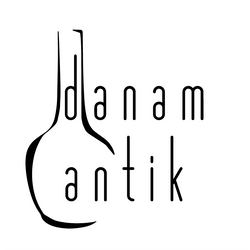Description
Royal Copenhagen Flora Danica Kagetallerken No 20/3552. Latin Name: Draba alpina L. Measures Diam 14.3 cm.(5.62 inch)
Payment & Security
Your payment information is processed securely. We do not store credit card details nor have access to your credit card information.








